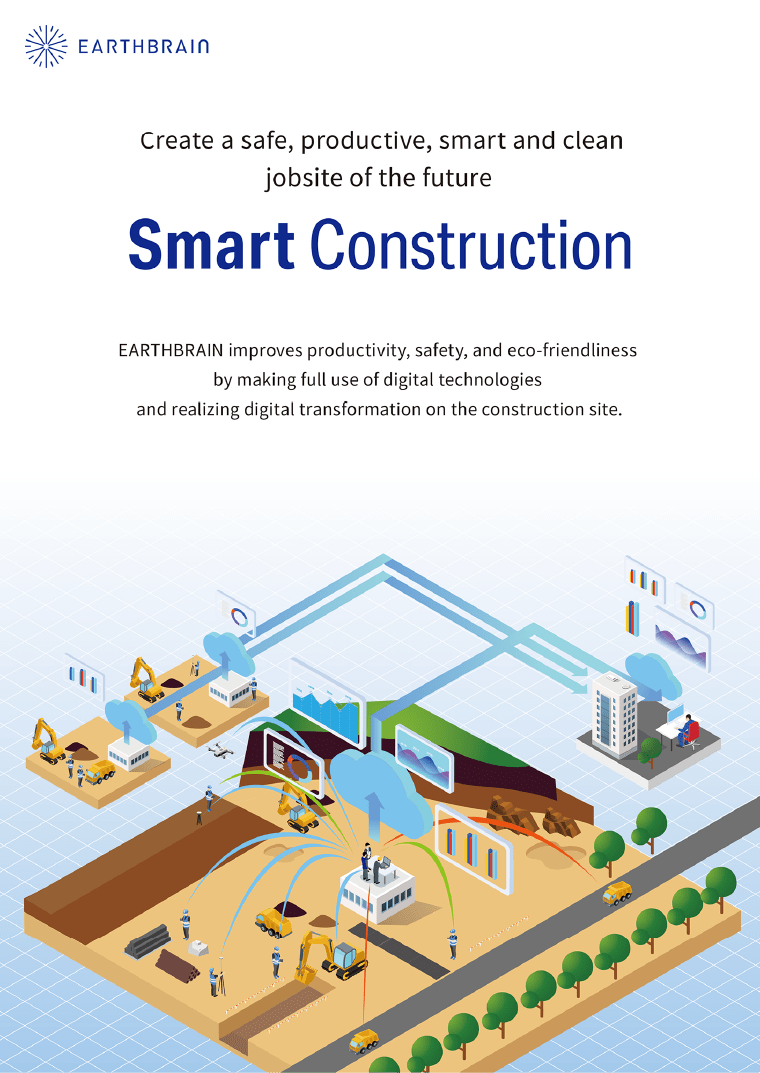

To your region


To your region


To your region
NEWS
PRODUCTS &
SERVICES
COMPANY INFORMATION
Setting new standards with Smart Construction solutions that address the diverse challenges our customers are facing

CONTACT
Images are for illustrative purposes only.
Products and services are subject to change without notice.
Products and services are subject to change without notice.
















